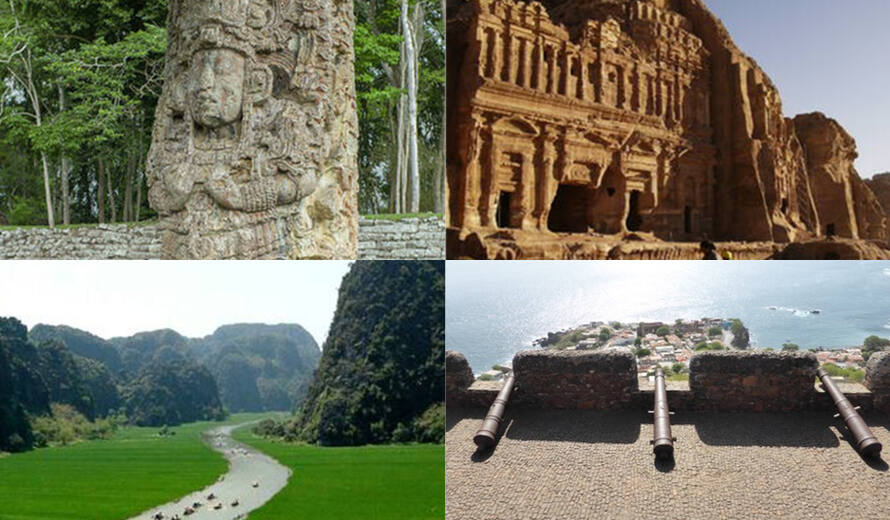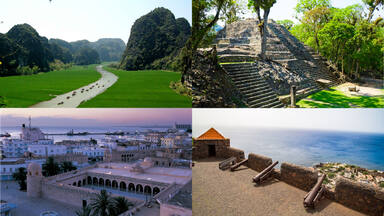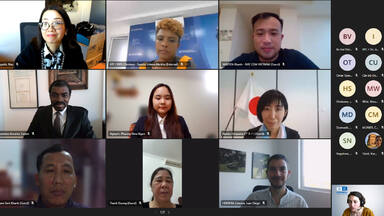Post COVID-19 World Heritage Site Management: Integration of Conservation, Tourism and Local Livelihood Strategies at World Heritage sites
The project “Post COVID-19 World Heritage Site Management: Integration of Conservation, Tourism and Local Livelihood Strategies at World Heritage Sites”, funded by the government of Japan through the UNESCO/Japanese Funds-in-Trust, will be carried out from 2022 to 2024.
The spread of the COVID-19 pandemic has led to national lockdowns and global travel restrictions and to the closure of many heritage sites around the world (see UNESCO report World Heritage in the face of COVID-19, published in August 2021) . This lasting situation, even after the sites’ reopening, has brought about socio-economic impacts, disruption of community life in and around World Heritage properties, and in many cases the aggravation of poverty.
In many parts of the world, the experience of COVID-19 urged heritage communities and national authorities to reflect on a more balanced and resilient model of heritage economy, livelihoods and locally resourced businesses while contributing to a stronger management of World Heritage properties’ values.
Through a series of pilot cases at World Heritage properties in four regions of the world, this project proposes strategies, methodologies for such innovative approaches and capacity building for site management authorities and local communities at World Heritage properties. The overall institutional transformation is aimed at integrating conservation, with a place-based sustainable development approach supporting local livelihood opportunities in and around World Heritage properties along with enhanced digital presence and sustainable tourism in the framework of the Policy Document for the Integration of a Sustainable Development Perspective into the Processes of the World Heritage Convention (2015).
Participating sites and countries
- Cidade Velha – Cabo Verde
- Petra - Jordan
- Trang An Landscape Complex – Viet Nam
- Maya Site of Copan - Honduras
Objectives and Activities
- Identification of key local stakeholders (SMEs, cooperatives, communities);
- New and locally valued business models for increasing livelihoods;
- Development of digital tools;
- Networking and partnership among regions and participating World Heritage properties;
- Intra-regional knowledge sharing;
- Capacity building;
- Publication and dissemination of experience and outcomes of the project;
- Building partnerships and development of networks between institutions and experts on the sub-regional and international level.
Lead organization/sector:
World Heritage Centre and UNESCO field offices in the region
Donor country: Government of Japan
Total project cost: 498,590 USD (including 9% support costs)



